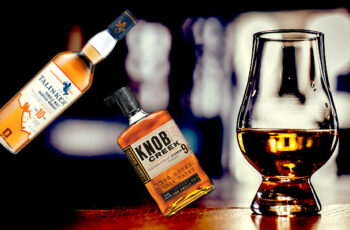
Blending whiskey isn’t just for the experts. I know, that sounds insanely stupid — because expertise certainly does help here — but bear with me. There’s precisely no one stopping you from blending your whiskeys at home to slide the flavor profile in one direction or another. In fact, a ton of pros do it all the time.
Want to add a little smokiness to a cherry-bomb bourbon? Grab a bottle of Islay malt and see what happens. Looking for a spicy layer in a fruity Highland single malt? Layer in a little Indiana rye. Does that hazmat whiskey taste too much like burning? Add a little 80-proof juice and water to calm that f*cker down! Again, no one is stopping you from doing whatever you want with your whiskey.
We live in an era where every pro chants, “enjoy your whiskey the way you want!” as if the thought is revolutionary. Blending your own glass of whiskey is the best way to embrace that. Of course, I’m speaking in massively big brush strokes here but this is a real thing that whiskey drinkers do all the time. So I’m going to give you some tips on how to do it yourself with your favorite bottles of whiskey.
Ready to get weird? Let’s go!
Also Read: The Top 5 UPROXX Bourbon Posts Of The Last Six Months
- We Blind Tasted A Whole Bunch Of $30-60 Bourbons To See If Any Could Beat Weller
- We Put A Whole Bunch Of Bourbons To A Giant Blind Test And Discovered Some Absolute Gems
- We Blind Tasted Classic Bourbons And Were Shocked By The Winner
- The Best-Known Basic Bottles Of Bourbon, Blind Tasted And Ranked
- All The Double Gold-Winning Straight Bourbons From This Year’s San Francisco World Spirits Competition
Keep It Simple
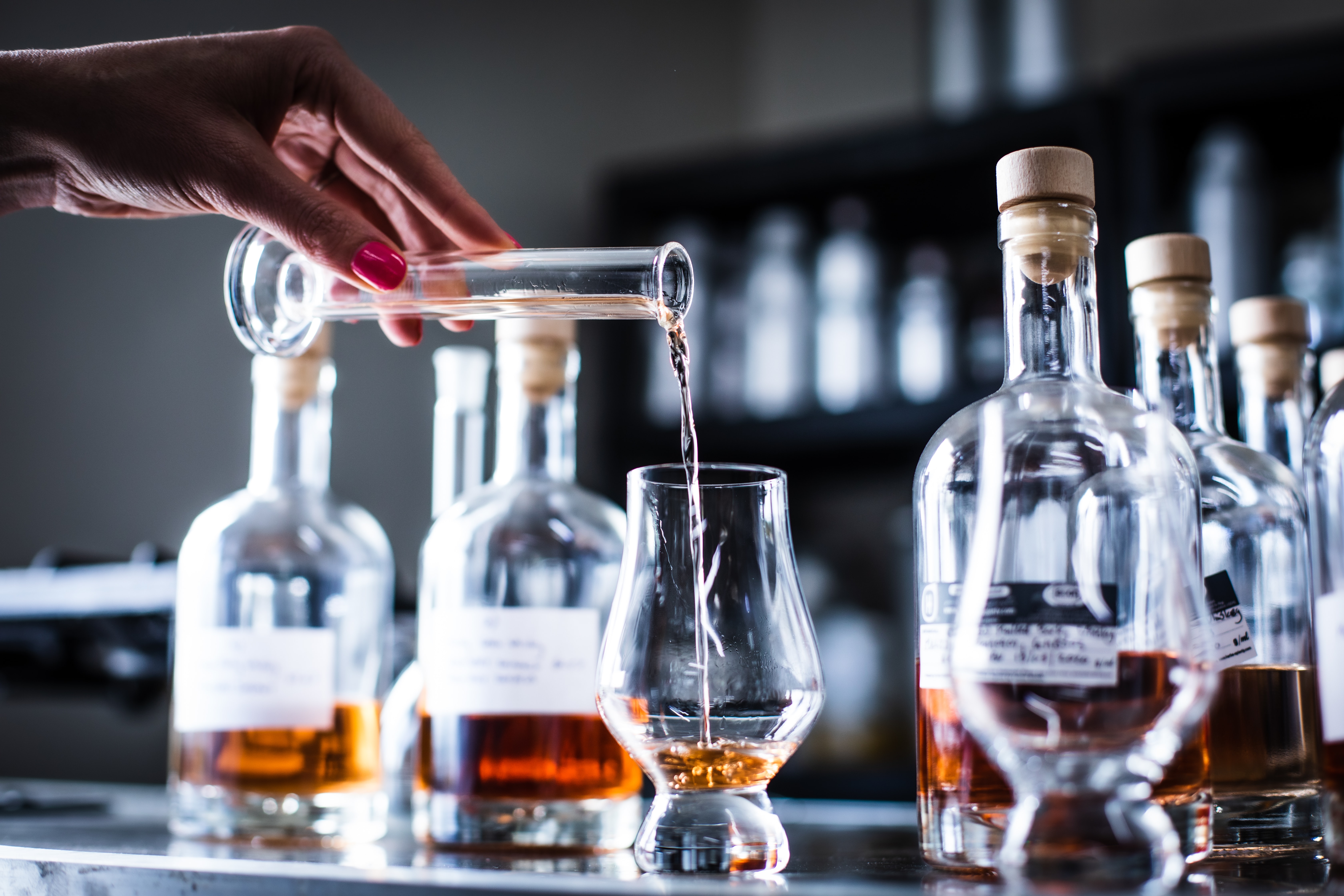
This is the most important “rule.” You don’t want to overdo it. What you should be aiming for is augmenting the flavors that are already there with a single, bold flavor note that make sense. I know that’s a very broad thing to say, as we all have varying palates and desires, but it’s important to keep things simple when making your own blend.
A hard and fast rule is that more is not better. You really want to keep this to a two, three at most, whiskey venture. Too many flavors from too many whiskeys simply mutes everything and leaves you with a muddled-tasting waste of perfectly good juice. Also, you cannot make bad whiskey good by adding good whiskey to bad whiskey — don’t even bother.
Rule: Bad whiskey will always win on the flavor profile. Don’t try to improve it by tipping a shot of 15-year into the bottle.
Keeping it simple also means starting out small. You should always be aiming for a final pour that’s two ounces (which is pretty standard these days). My best advice is to start with a one-ounce pour of the whiskey you want to adjust and slowly build in increments toward two ounces.
Lastly, you should be looking to “add” something more than take away or cover up a flavor note. That said, flavor notes get lost when blending all the time which leads us to…
Trial and Error
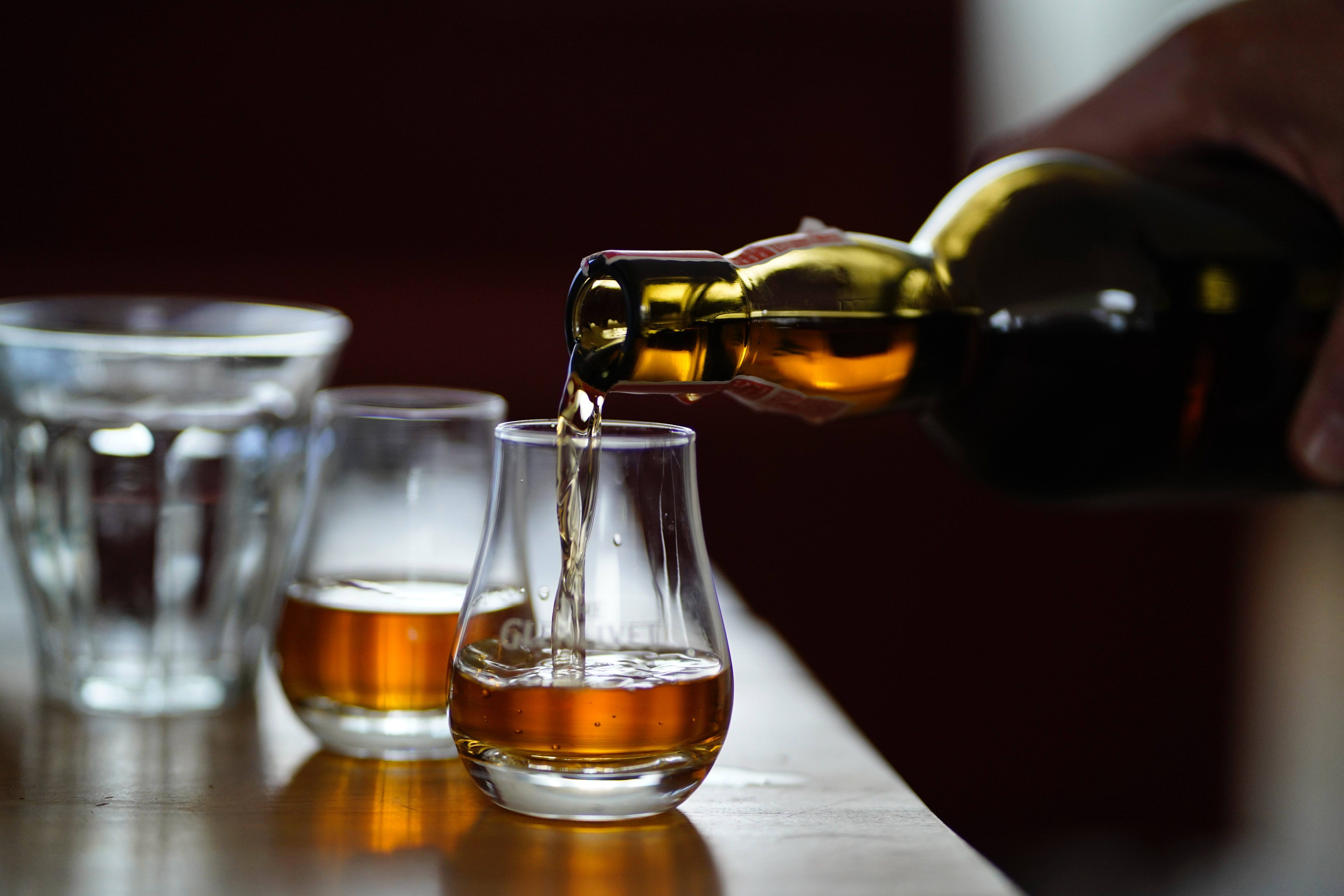
You’re going to need to be patient. I can tell you blends that work for me (more on that below). But that’s my palate and what I’m looking for. Blending whiskey at home is very much about you. Know what you’re aiming for and then tinker. Try different bottles, combos, and even spirits. For example: sometimes cutting down a higher proof whiskey isn’t about adding water or a lower proof whiskey, it’s about adding a super neutral 80-proof vodka. After all, that’s all blended American whiskey/bourbon is.
Again, we’re talking about an ounce or two of your whiskey at a time, not whole bottles. That means that you have a little wiggle room to play before you start really pouring cash down the drain.
Your Base and Additions
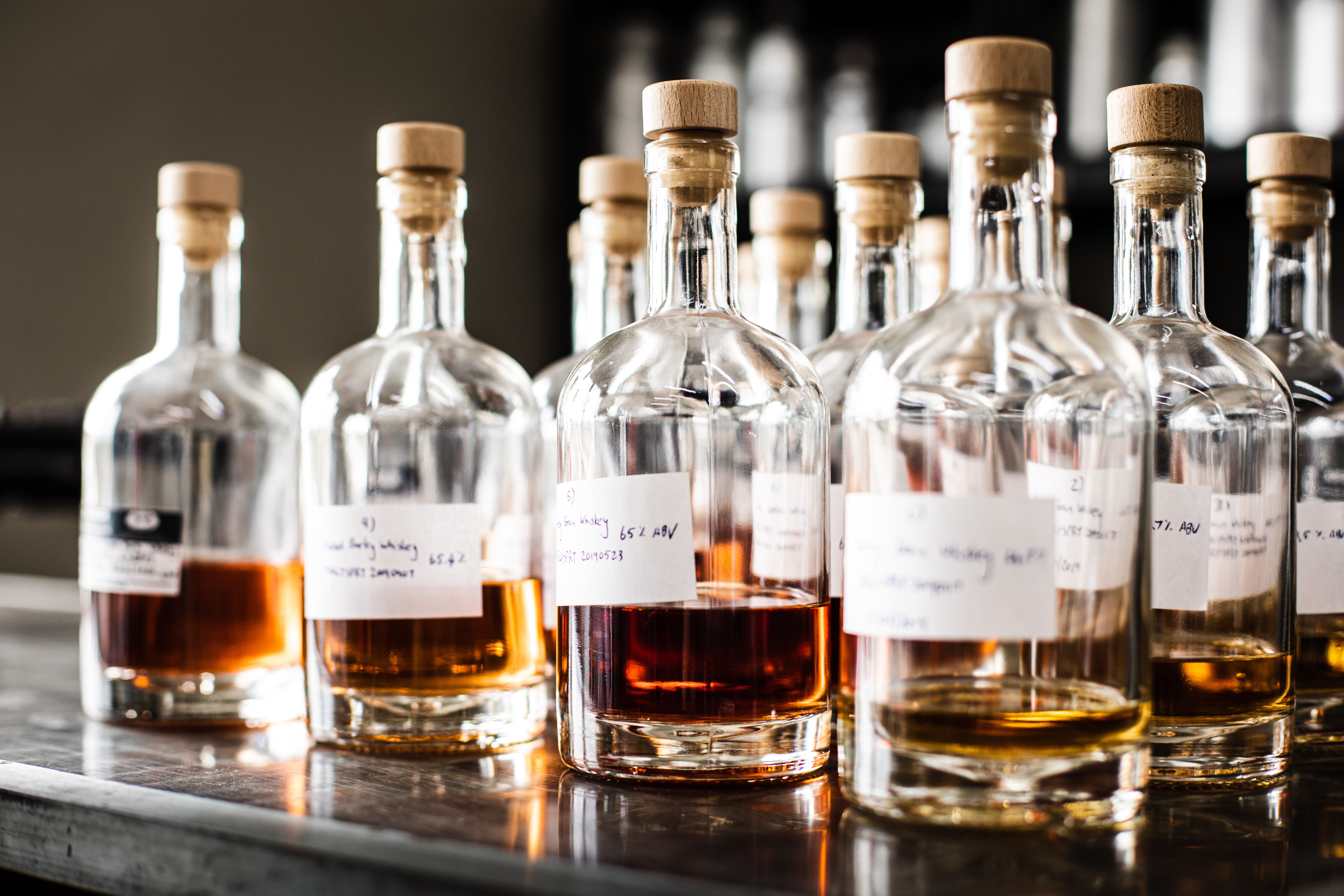
This is where everything begins and ends. You generally want to be using a bigger base that you already like but want to add a little something to. I generally look at it this way, I want to add big and bold notes (smoke, peat, cherry, black pepper, ash, coal, corn husks, to name only a few) to a base that’s already subtle and dialed.
I tend to look for a creamy, fruit-forward base that has a little honey, vanilla, caramel, and maybe some spice to it. You don’t want to add sweetness to an already sweet base. That said, a mildly spicy base — maybe a little warm winter spice — can really pop with the addition of dried chili or earthy black peppercorn notes. I like to think of it less as “what is this whiskey missing?” and more as “what can I add to make this something new and exciting?” This is where the additions come in.
Can I get a chili-spiced honey note in a Speyside honey bomb with a little Texas bourbon? Can I build a lemon-pepper vibe with a crafty American single malt and an MGP of Indiana rye? “Building” is the takeaway here. You should always be thinking of what you’re building in the glass and then follow your senses on whether it’s working or not.
Water
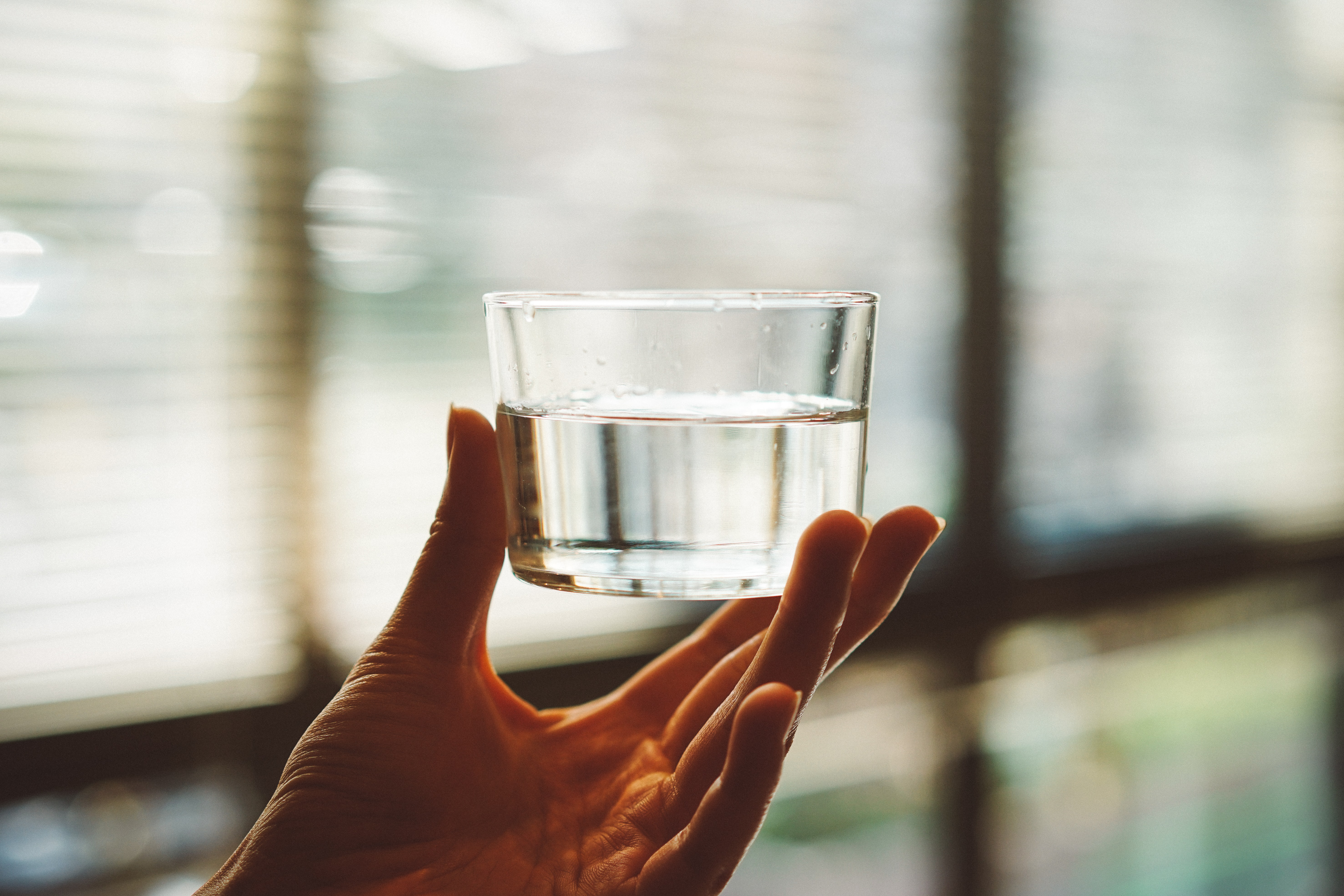
Another option is to add a little water. Water can lower proof, which makes a lot of whiskeys way easier to drink. Water also helps break down fatty acids in the actual juice, which releases more chemicals/flavor notes into the glass for you to pick up.
Okay, this is going to get deep for a moment. To calculate how to proof by adding water, you need to run an equation. It’s the volume you want (2 ounces in this case) times the proof you want (let’s say 40 percent) that’s then divided by the original proof (let’s say 65 percent). That will give you the volume of the base alcohol you’ll need which you minus from 2 ounces to get the volume of the water you’ll need to hit exactly 40 percent ABV in your blended two-ounce pour.
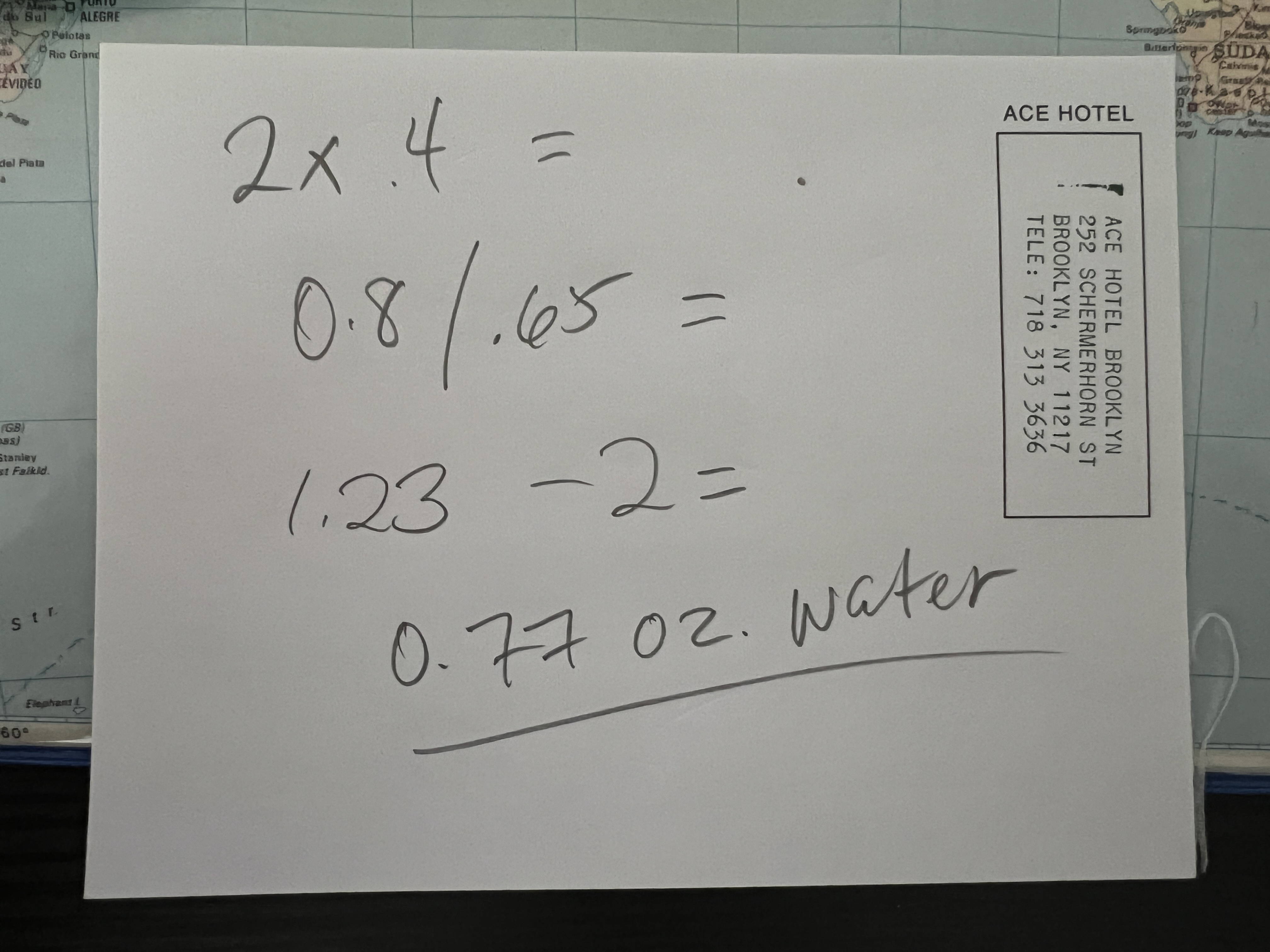
That means you’ll need approximately 1.23 ounces of base alcohol to 0.77 ounces of water to turn a 65 percent ABV pour into a 40 percent ABV pour. Naturally, you can round these numbers off to 1.25 ounces and 0.75 ounces of water to keep things simpler.
Now, this may seem wildly inappropriate to do to a whiskey that so many people spent so much time perfecting. But here’s a little insider information for you: Every single distiller and blender proofs their whiskey down to around 20 percent ABV/40 proof to taste and blend their whiskey before deciding on what to blend/bottle. Basically, that’s the scientific sweet spot when all the chemicals and fats in the spirit find the perfect balance for the ultimate flavor profile that we can actually sense.
Start Blending

I like to get an idea and then start simply. If I’m going from sweet bourbon to smoky bourbon, I’ll start with 1.5 ounces of bourbon and add about 0.25 ounces of peaty whisky at a time. If that’s not quite enough, I’ll add in another 0.25 ounces of the peaty. You can always add more but you can never go back.
For this, you’ll need a jigger or some sort of measuring glass that marks ounces or milliliters. You’ll also need to swirl the glass for about 15 to 20 seconds and let the glass sit for maybe a minute (maybe two) to let it blend and settle. Don’t rush in.

One of my all-time favorite and can’t-miss blends is a base of Kentucky bourbon accented with Scottish Islands peated malt. For this, I’ve combined 1.5 ounces of Knob Creek 9-Year Small Batch Bourbon with 0.5 ounces of Talisker 10 (a peated single malt). The Knob Creek is a classic cherry-bomb bourbon with big notes of woody vanilla, cedar bark, caramel sauce, and even some apple skins with a dry grassy finish. The Talisker is a subtle peaty with hints of beach campfires, soft stone orchard fruits, old bales of straw, and a hint of sea brine.
When combined, you get a nose of bold orchard fruits (a cherry/plum/apricot mix) next to lightly spiced malts and a hint of a sourdough apple fritter with a hint of cream soda that leads toward Martinelli’s Apple Cider. The palate is a lush mix of bright orchard fruits next to a line of winter spice attached to malts with a hint of dark chocolate oranges sneaking in. The vanilla creates a silky foundation for a whisper of old campfire smoke in the distance with a hint of cherry to it. This finish is light but bold with a sense of thin whisps of smoked cherry next to a velvety plummy vanilla husk backed with a note of fresh cedar bark.
This is a tried and true blend of two very different whiskeys and it definitely works. Going deeper, you can figure out the ABV on that pour as well with another equation: base volume times ABV (1.5×0.5) plus added volume times ABV (0.5x.485) divided by total volume (2) that’s then timed by 100, which puts this pour at 49.625 percent ABV or 99.25 proof.
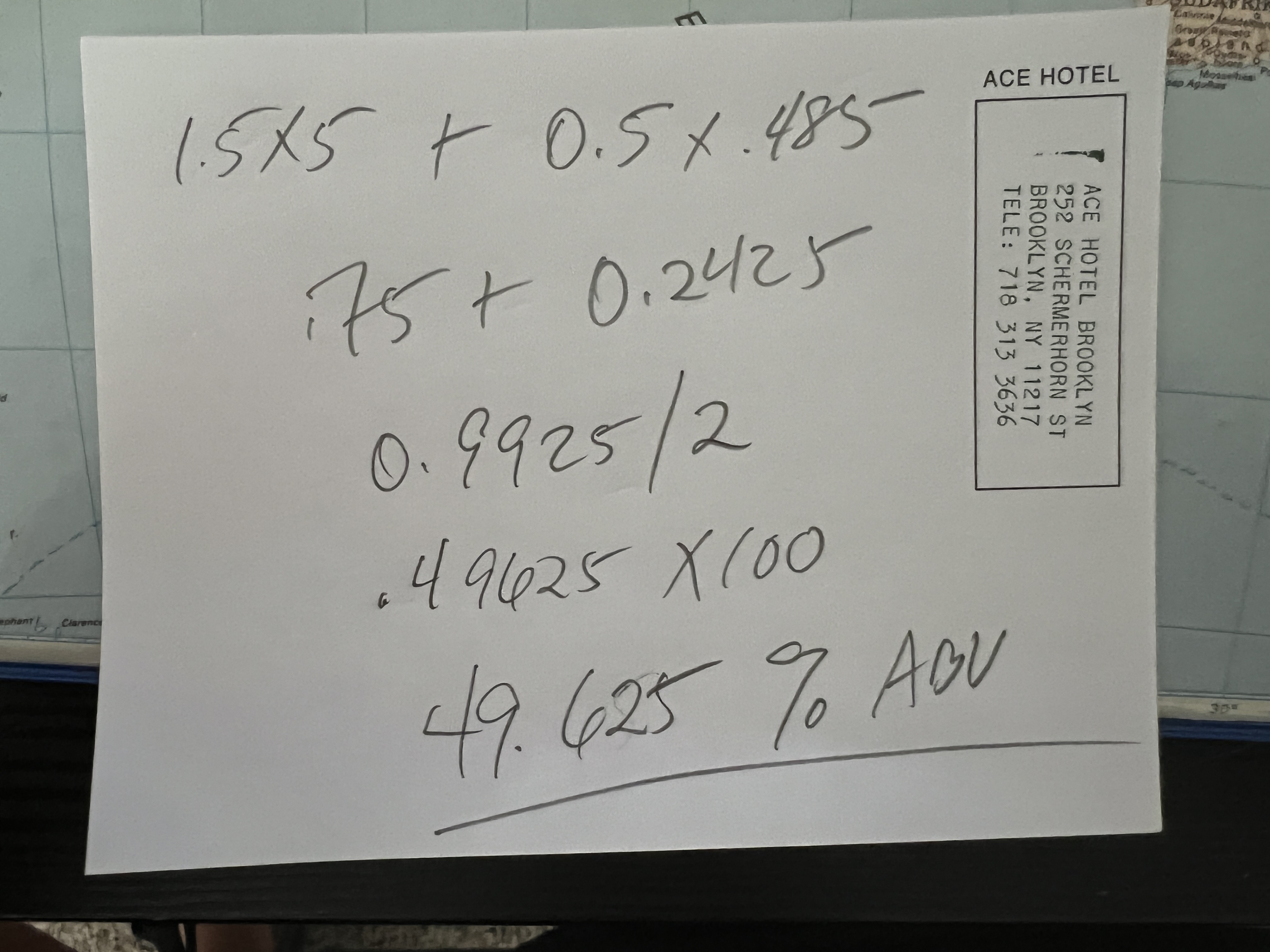
Now, it’s time for you to experiment. Flip the volume on this recipe! Add some water! Hell, try a peat monster like Laphroaig instead of Talisker to bring some serious ashy and medicinal notes (it’ll lean into a cherry cough syrup vibe with a fatty brisket to it). The point is, have fun blending and enjoy the fruits of your labor. This is a recreation, after all, not rocket science.
Source: https://uproxx.com/life/how-to-blend-whiskey-at-home/
